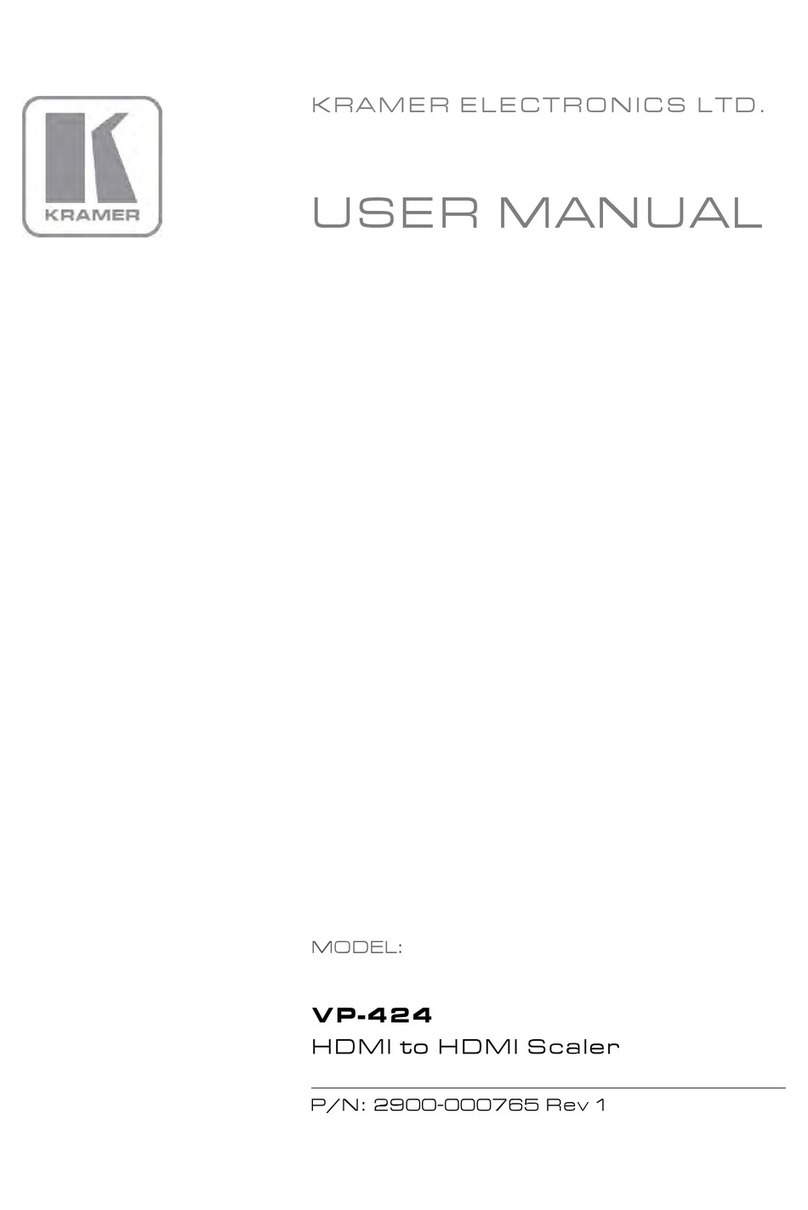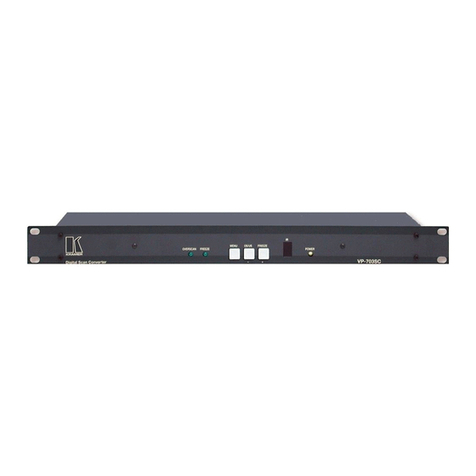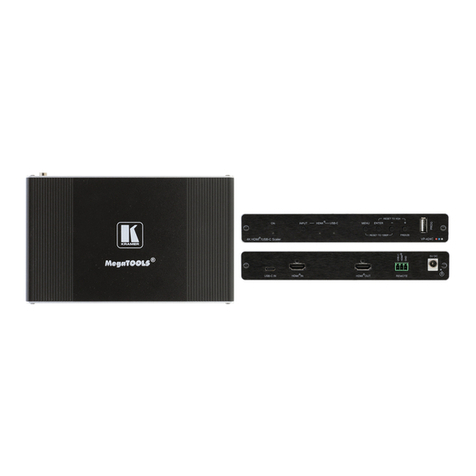Kramer VP-740 ProScale User manual
Other Kramer Media Converter manuals

Kramer
Kramer KDS-SW3-EN7 User manual
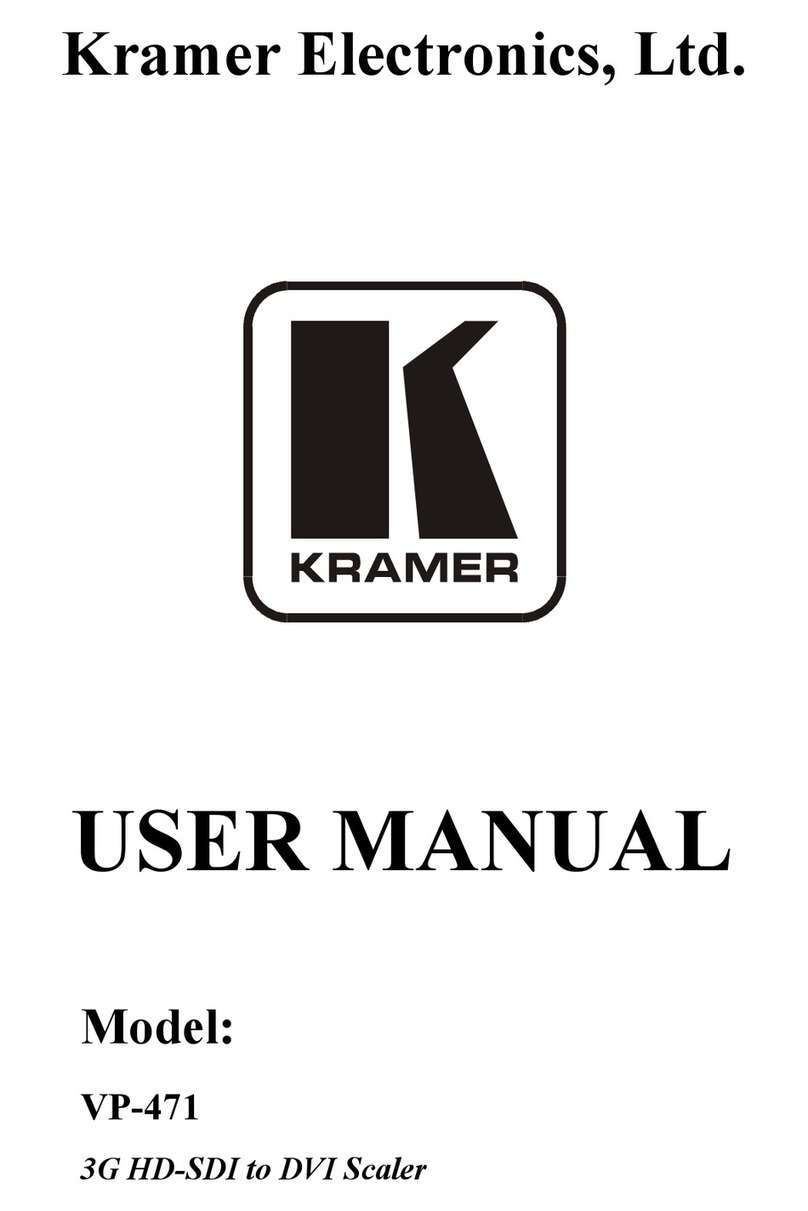
Kramer
Kramer VP-471 User manual
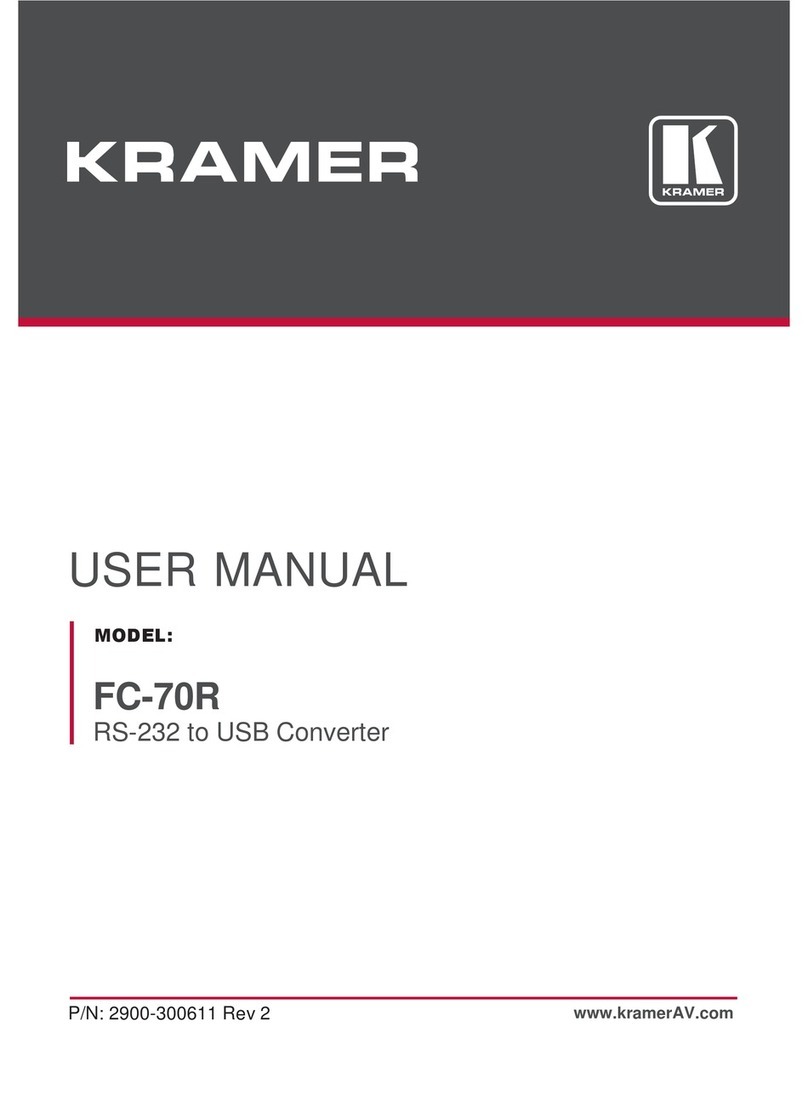
Kramer
Kramer FC-70R User manual
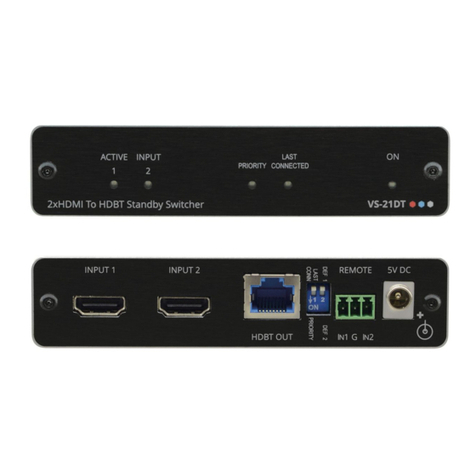
Kramer
Kramer VS-21DT User manual
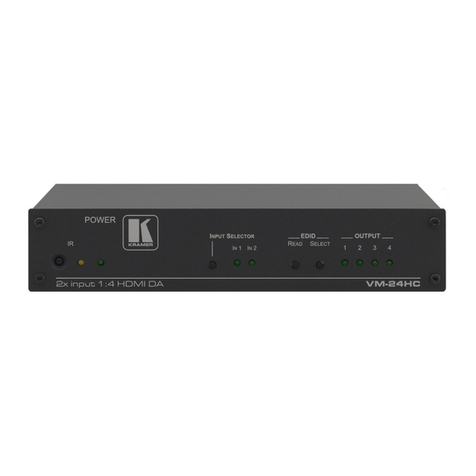
Kramer
Kramer VM-24HC User manual
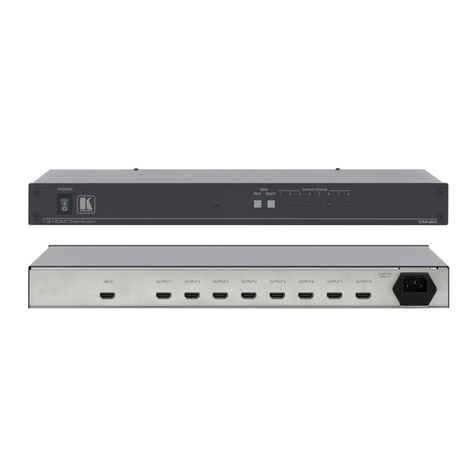
Kramer
Kramer VM-8H User manual
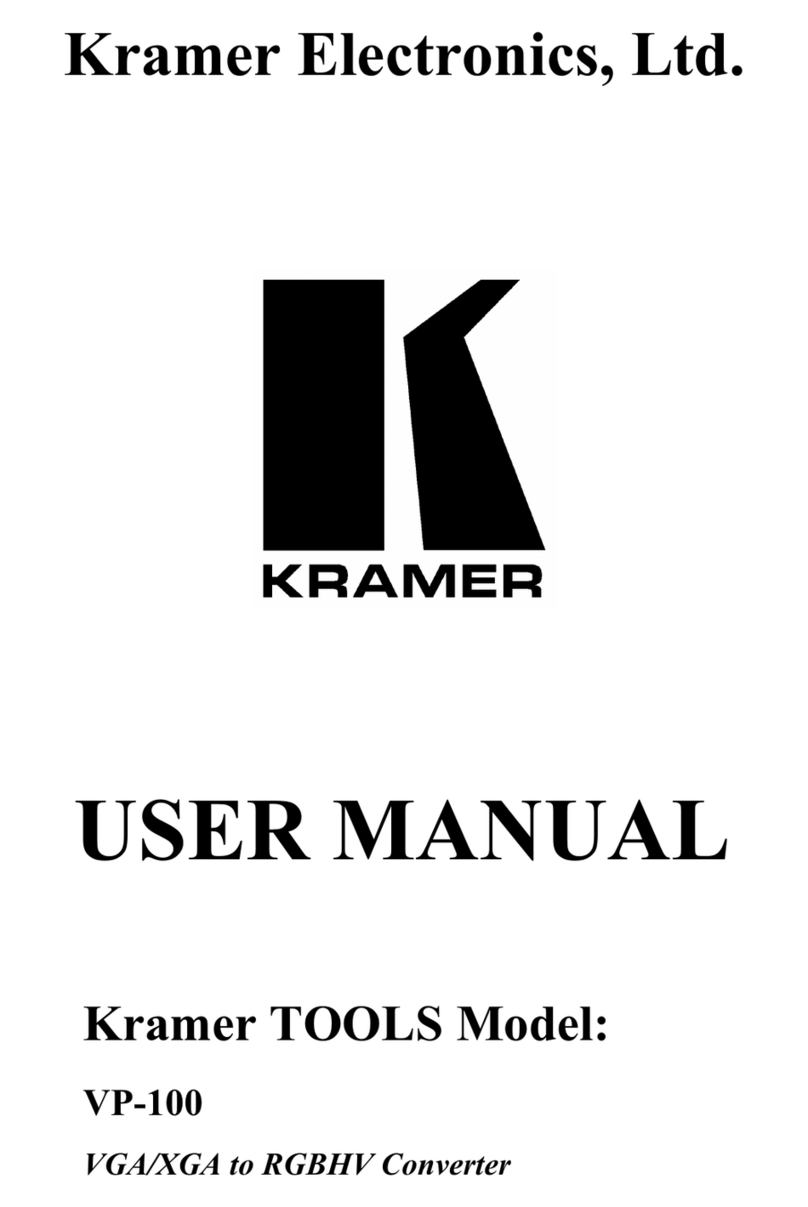
Kramer
Kramer TOOLS VP-100 User manual

Kramer
Kramer VM-100C User manual
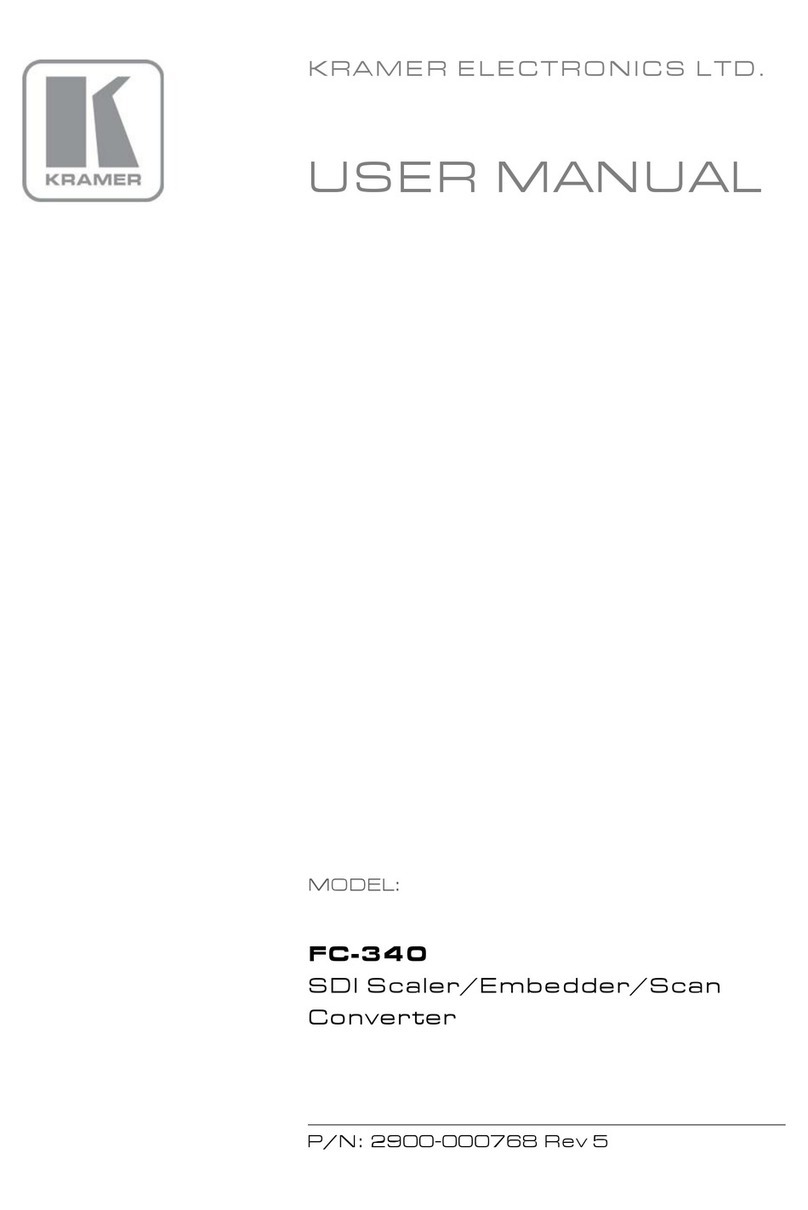
Kramer
Kramer FC-340 User manual
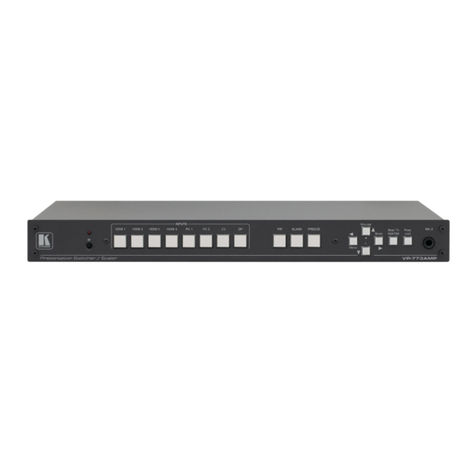
Kramer
Kramer VP-773AMP User manual
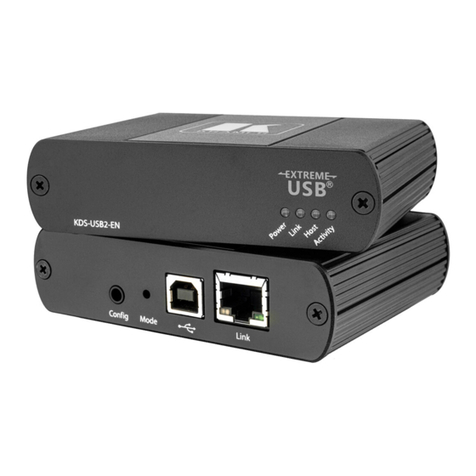
Kramer
Kramer KDS-USB2 Kit User manual
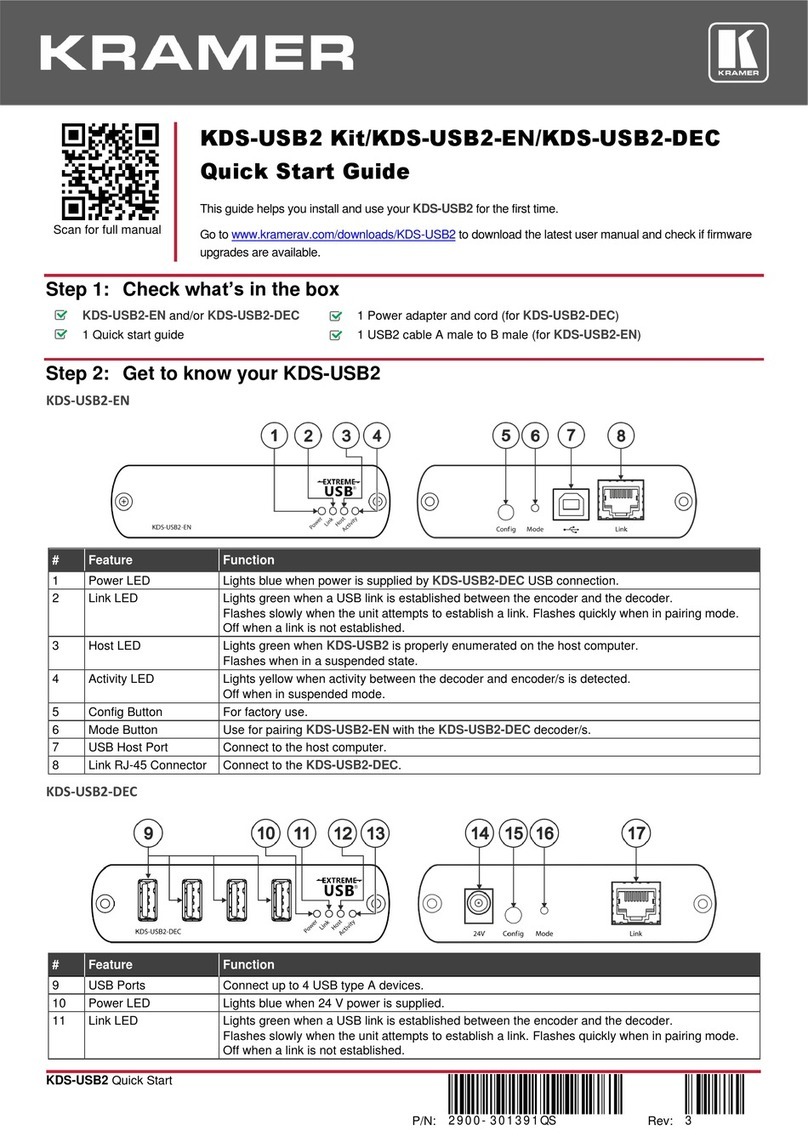
Kramer
Kramer KDS-USB2 Kit User manual
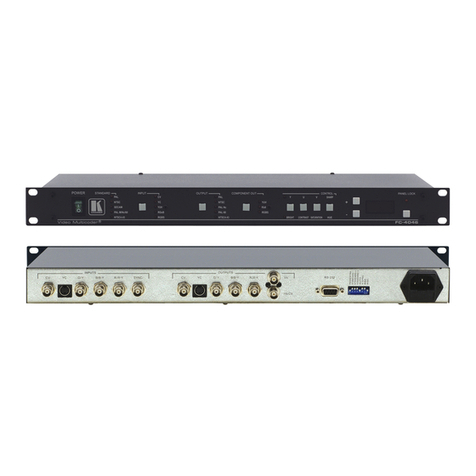
Kramer
Kramer FC-4046 User manual
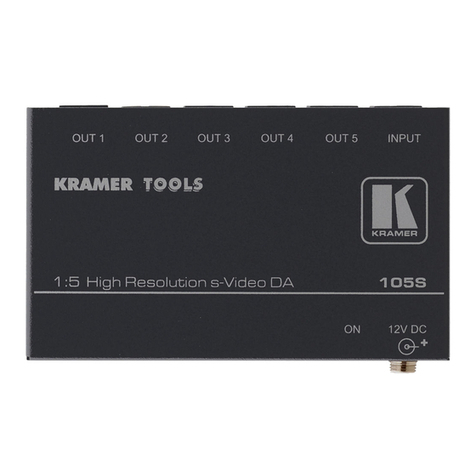
Kramer
Kramer 103AV User manual
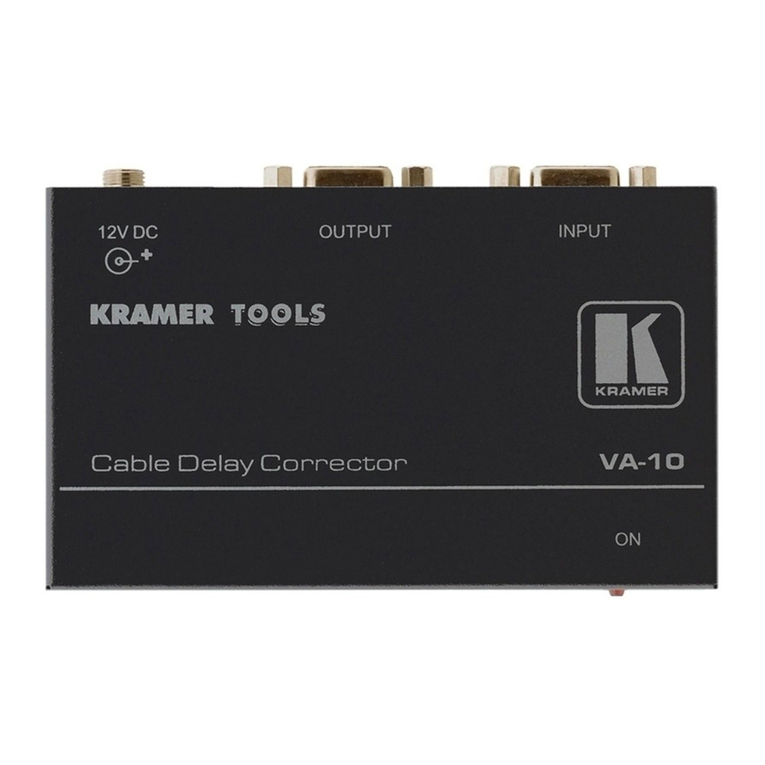
Kramer
Kramer VA-10 User manual
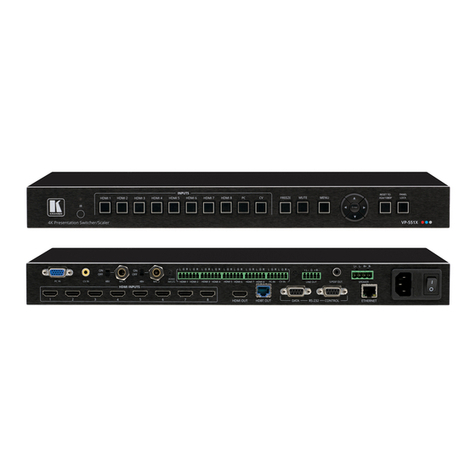
Kramer
Kramer VP-551X User manual
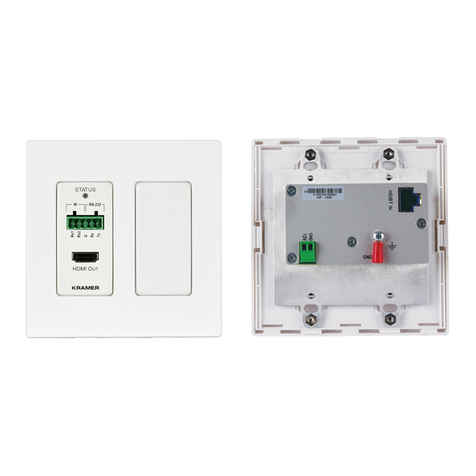
Kramer
Kramer WP-789R User manual
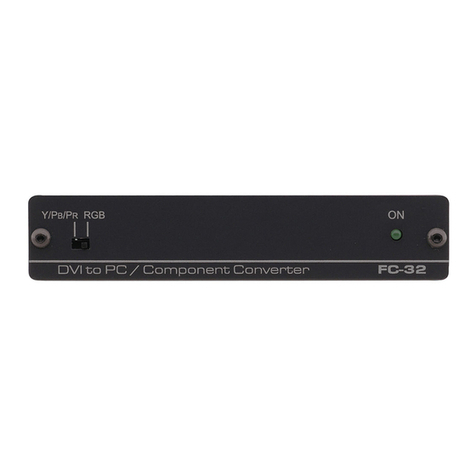
Kramer
Kramer FC-32 User manual
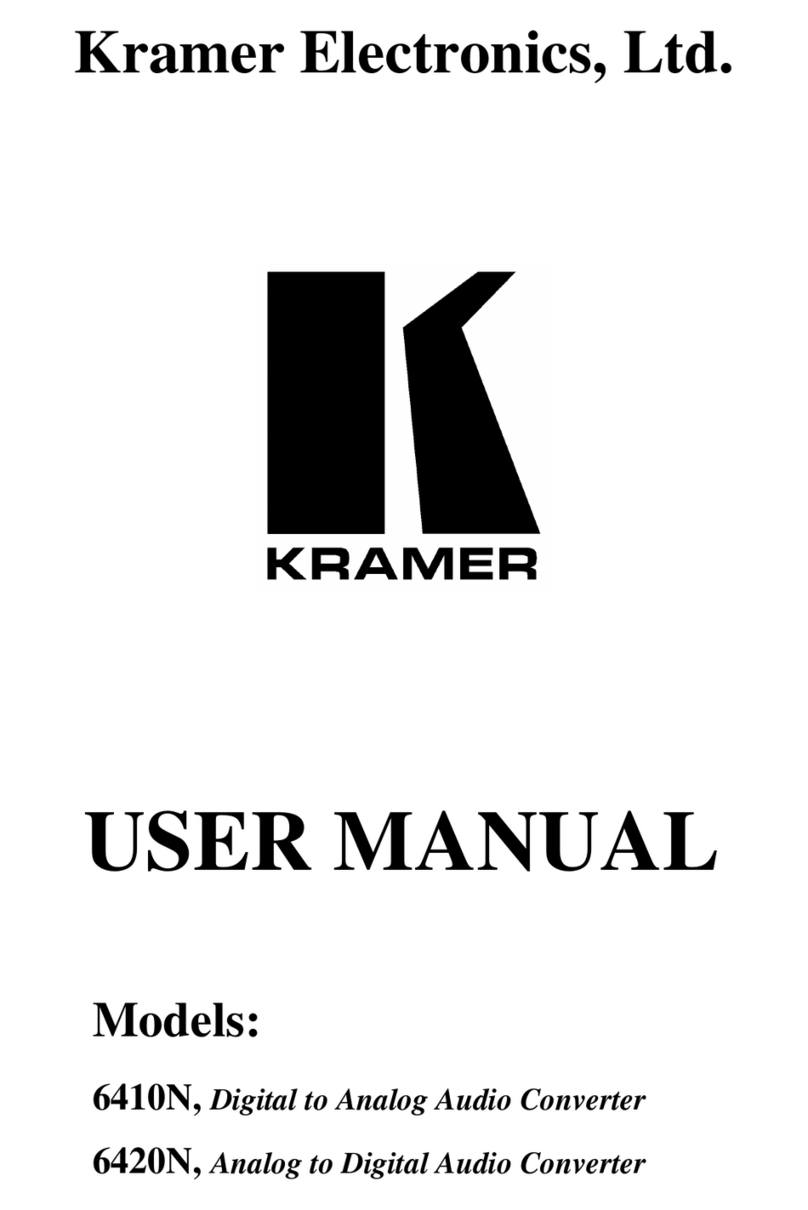
Kramer
Kramer DigiTOOLS 6410N User manual
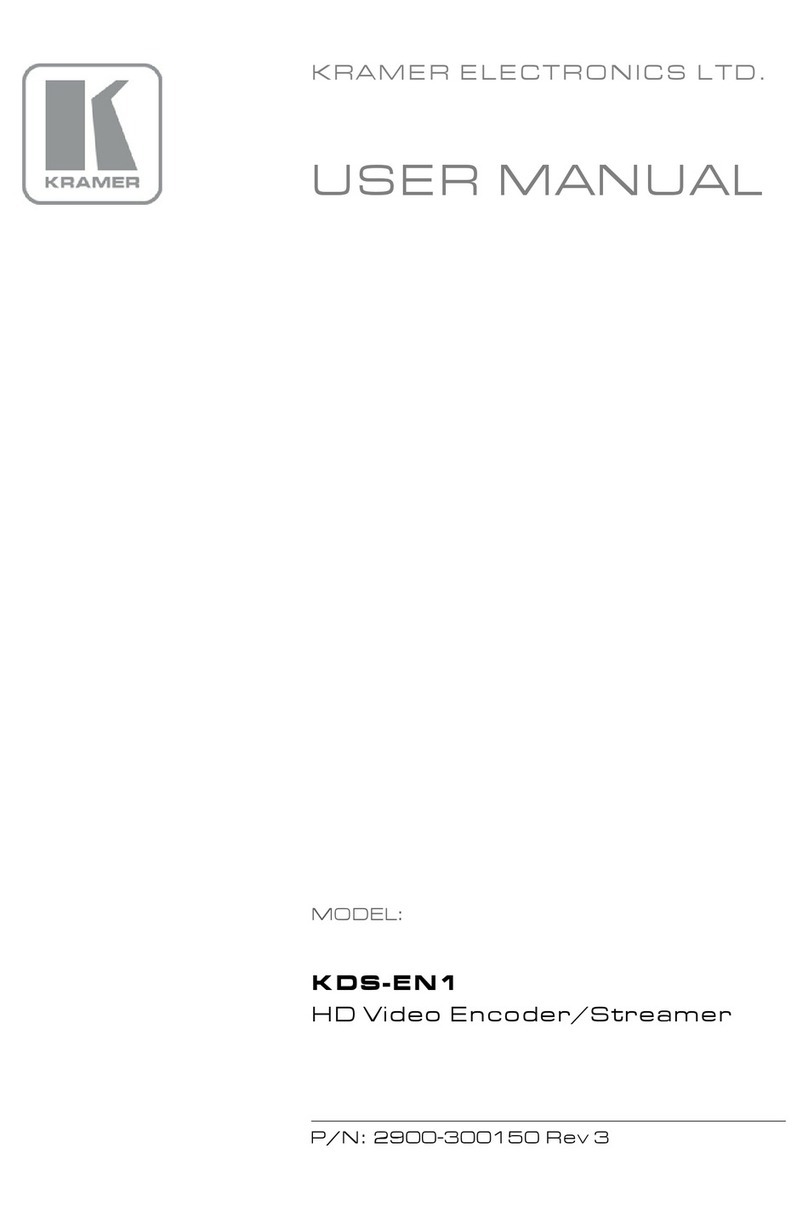
Kramer
Kramer KDS-EN1 User manual
Popular Media Converter manuals by other brands

H&B
H&B TX-100 Installation and instruction manual

Bolin Technology
Bolin Technology D Series user manual

IFM Electronic
IFM Electronic Efector 400 RN30 Series Device manual

GRASS VALLEY
GRASS VALLEY KUDOSPRO ULC2000 user manual

Linear Technology
Linear Technology DC1523A Demo Manual

Lika
Lika ROTAPULS I28 Series quick start guide

Weidmuller
Weidmuller IE-MC-VL Series Hardware installation guide

Optical Systems Design
Optical Systems Design OSD2139 Series Operator's manual

Tema Telecomunicazioni
Tema Telecomunicazioni AD615/S product manual

KTI Networks
KTI Networks KGC-352 Series installation guide

Gira
Gira 0588 Series operating instructions

Lika
Lika SFA-5000-FD user guide
